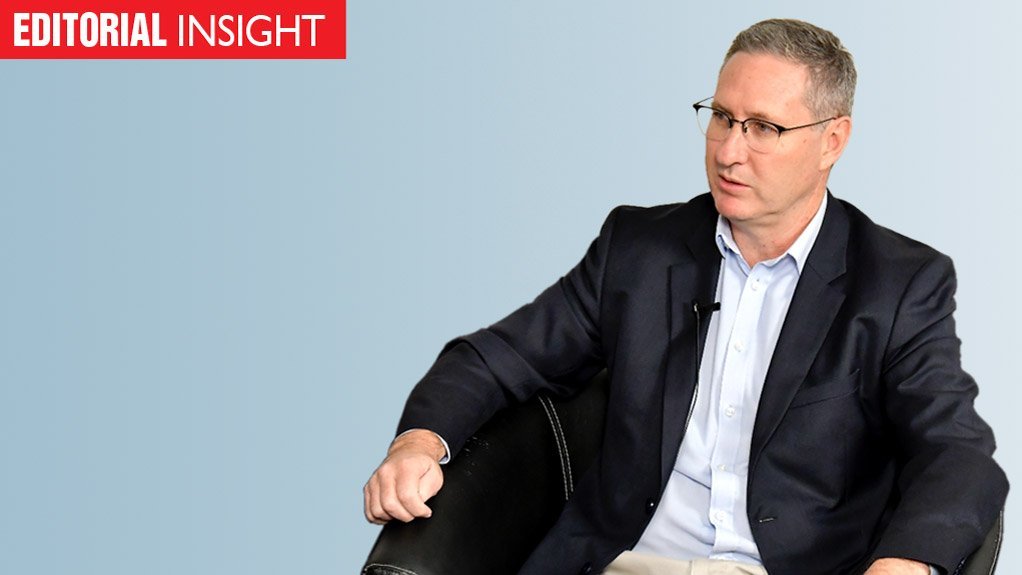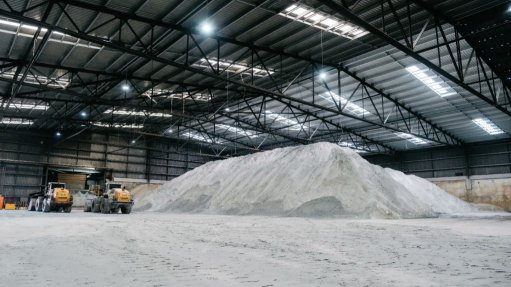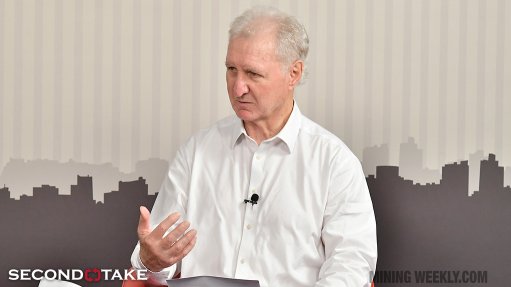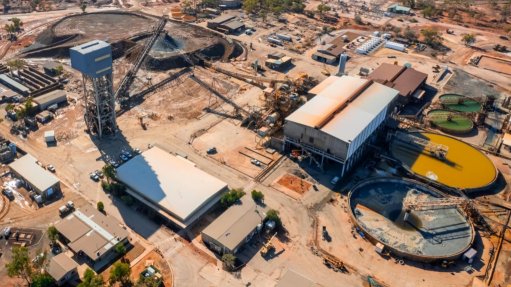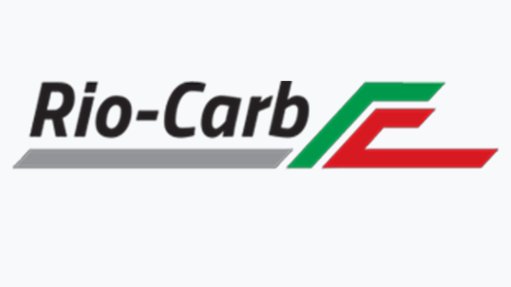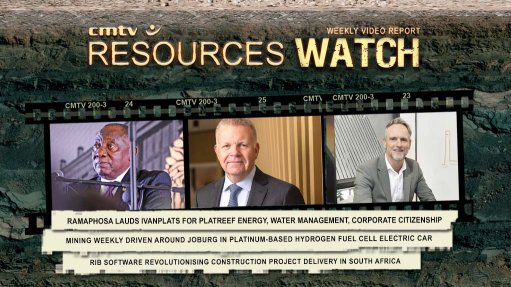Weakest link
The attention being paid to the national electricity crisis appears to be yielding some results, albeit insufficient in speed and scale to fully address the crisis.
As the one-year update on the Energy Action Plan indicates, some Eskom coal power stations are operating more stably, and the prospect of several private generation projects offering relief in the coming months is improving.
As has been noted in this column previously there is still a long way to go, however, particularly given that South Africa’s public procurement of new generation continues to under deliver, while progress in adding transmission infrastructure, especially in renewables-potent regions, is lagging badly behind what is required.
Should these trends continue, the supply/demand imbalance will not only remain, but there is also a risk of growing inequality in the sector as diminishing seas of power riches, concentrated around large enterprises and affluent households, become surrounded by expanding oceans of power poverty.
But there is another gaping hole in the Energy Action Plan that should have us all extremely worried: the increasing frailty of the electricity distribution sector.
Ahead of the loadshedding crisis more than a decade ago, this gap was identified by several commentators as representing the weakest link in the electricity supply industry chain.
An effort was even made to address it through the creation of seven wall-to-wall regional electricity distributors.
After that project failed on the basis that it fell foul of the Constitution in that municipalities had the right to distribute electricity, there has been no clear programme for remedying the weaknesses that the restructuring was meant to address.
For those of us living in metropolitan areas the seriousness of the problem was not immediately apparent, but in several smaller towns the lack of a solution soon became desperately obvious.
It is reaching a point now, where the failure of the Eskom generation fleet is no longer masking serious weaknesses and backlogs at the distribution level, particularly given the strains on municipal finances and skills amid a far-reaching disruption to the previous utility business model.
Local faults have become far more frequent and much longer in duration and, in many areas, these are arguably causing more disruption to businesses and households than loadshedding itself.
Worryingly, the problems at the distribution level are likely to become increasingly apparent even as inroads are made on the generation and transmission fronts.
Many municipal utilities have already entered the dreaded death spiral, which is being amplified by a serious lack of coordination between tariff reforms and the desperate moves by firms and households to add their own generation and storage capacity.
This lack of alignment should have been addressed some time ago through policy reform and regulatory changes to unbundle energy and infrastructure charges.
Doing so this late in the day, is likely to bring a whole new level of pain that could have been reduced somewhat had action been taken earlier.
Instead, we now face a crisis within a crisis.
Article Enquiry
Email Article
Save Article
Feedback
To advertise email advertising@creamermedia.co.za or click here
Press Office
Announcements
What's On
Subscribe to improve your user experience...
Option 1 (equivalent of R125 a month):
Receive a weekly copy of Creamer Media's Engineering News & Mining Weekly magazine
(print copy for those in South Africa and e-magazine for those outside of South Africa)
Receive daily email newsletters
Access to full search results
Access archive of magazine back copies
Access to Projects in Progress
Access to ONE Research Report of your choice in PDF format
Option 2 (equivalent of R375 a month):
All benefits from Option 1
PLUS
Access to Creamer Media's Research Channel Africa for ALL Research Reports, in PDF format, on various industrial and mining sectors
including Electricity; Water; Energy Transition; Hydrogen; Roads, Rail and Ports; Coal; Gold; Platinum; Battery Metals; etc.
Already a subscriber?
Forgotten your password?
Receive weekly copy of Creamer Media's Engineering News & Mining Weekly magazine (print copy for those in South Africa and e-magazine for those outside of South Africa)
➕
Recieve daily email newsletters
➕
Access to full search results
➕
Access archive of magazine back copies
➕
Access to Projects in Progress
➕
Access to ONE Research Report of your choice in PDF format
RESEARCH CHANNEL AFRICA
R4500 (equivalent of R375 a month)
SUBSCRIBEAll benefits from Option 1
➕
Access to Creamer Media's Research Channel Africa for ALL Research Reports on various industrial and mining sectors, in PDF format, including on:
Electricity
➕
Water
➕
Energy Transition
➕
Hydrogen
➕
Roads, Rail and Ports
➕
Coal
➕
Gold
➕
Platinum
➕
Battery Metals
➕
etc.
Receive all benefits from Option 1 or Option 2 delivered to numerous people at your company
➕
Multiple User names and Passwords for simultaneous log-ins
➕
Intranet integration access to all in your organisation



